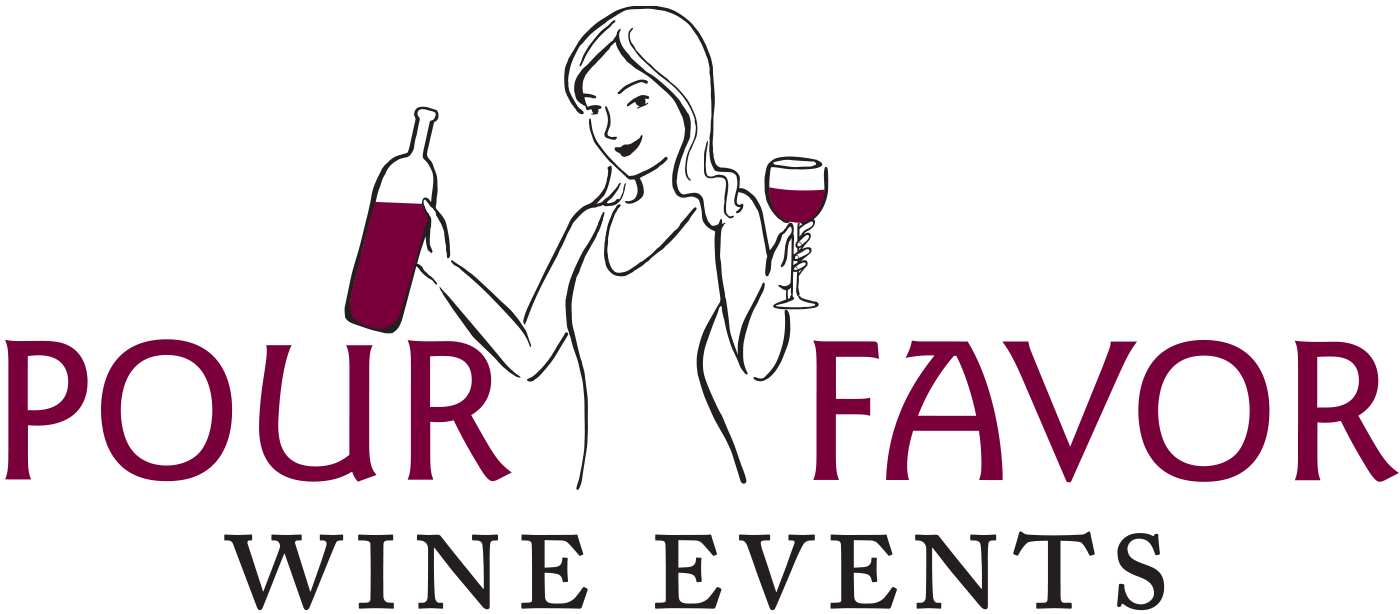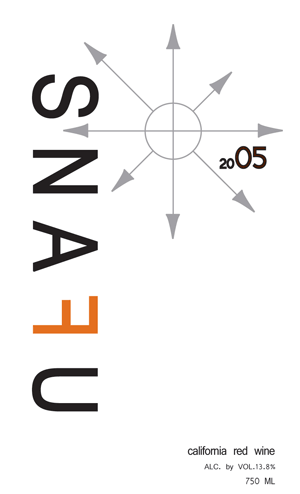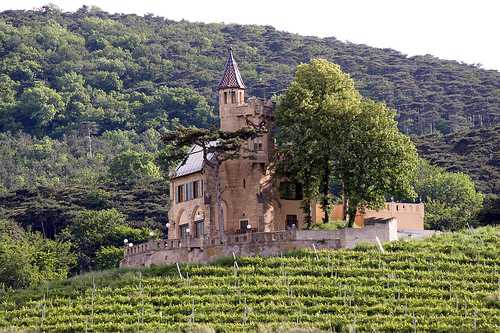 Last weekend I went out to dinner at one of my favorite local spots. They change their somewhat small, but uniquely satisfying menu frequently, ensuring they always offer the best seasonal fare. What's even more fun for me is their enormous wine list. Thinking about it now (chuckling), there are probably 10 different red and 10 different white wine options that could pair with every one dish! I always enjoy navigating their extensive list to pair a wine for both me and my date to enjoy with our different meals.
On Saturday night my date was having grilled veal chops, with couscous and a fried onion. I was having the rosemary chicken breast, with fingerling potatoes, leeks and roasted garlic. Each of these dishes was a great example of tasty American fare. Nothing pretentious about either. No unique dressing or gravy. Just good ole fashioned, albeit beautifully prepared, comfort food.
Last weekend I went out to dinner at one of my favorite local spots. They change their somewhat small, but uniquely satisfying menu frequently, ensuring they always offer the best seasonal fare. What's even more fun for me is their enormous wine list. Thinking about it now (chuckling), there are probably 10 different red and 10 different white wine options that could pair with every one dish! I always enjoy navigating their extensive list to pair a wine for both me and my date to enjoy with our different meals.
On Saturday night my date was having grilled veal chops, with couscous and a fried onion. I was having the rosemary chicken breast, with fingerling potatoes, leeks and roasted garlic. Each of these dishes was a great example of tasty American fare. Nothing pretentious about either. No unique dressing or gravy. Just good ole fashioned, albeit beautifully prepared, comfort food.
Sometimes you just want something that's easy drinking. Sometimes your meal is classically satisfying and delicious enough you don't need to spend the extra cash on a truly remarkable bottle of wine. Better yet, sometimes you just can't spend the extra few dollars.
An ideal pairing for both of our dishes may have been a very earthy, more robust New World style Pinot Noir. But none jumped out at me on the list. We had also been spoiled by a truly gorgeous bottle of Pinot with the same characteristics the night before. (We had homemade chicken marsala with rosemary mashed potatoes; we splurged on the Reynold's Family Pinot Noir - and it was a tremendous delight). I decided to turn my attention to their basic red table wine offerings.
I know some of you out there may be timid to opt for such a selection when out to eat at a nice place. Here's my thinking on the matter: If the wine buyer at the restaurant is going to take the time to pick out so many beautiful offerings, you can be almost certain their table wine option(s) is/are solid. Will the wine knock your socks off? Not necessarily. But will it be food friendly (having solid acidity and/or tannin) and otherwise scratch the itch? No doubt.
Wine shopping tip: My favorite every-day table wine is the Cayalla Red with fruit from both Washington and Oregon. Keep an eye out for it! Since that wasn't on the list, we ended up with Fenestra True Red Lot 22. For this wine Fenestra blends French and Spanish varietals, 56% from the Rhone Valley, 25% from Bordeaux, and 19% from Spain. I have to say too, this wine is an example when 'vintage', or each year they make it, matters. Technically it is a non vintage wine, but their previous release (Lot 21) was not exactly my favorite.... When I tasted the Lot 22 a few weeks ago, I was pleasantly surprised. It offers terrific red raspberry aromas, and delivers black cherries and raspberries on the palate. A hint of earthy leather comes to fruition as it opens. The Lot 22 is medium-bodied, its acidity is dead on and the tannins are delightfully smooth. These elements make the wine enjoyable on its own, too - before your meal even arrives.
Was my date blown away by my selection? Not this time. Was that my goal? Not entirely. I wanted something that would split the difference for us, perfectly palatable where the food could shine and our thirst would be quenched. It did both.
I'd argue a good table wine comes in a notch or two above "plonk" - reasonably priced for reasonably good juice.
What's your favorite, go-to Table Wine?



 Today the rain and leaves are swirling and the sun isn't due to show itself. On burly fall days like these, there's nothing better than an awesome bottle of wine to hunker down with and lift your spirits!
The last few weeks I've broken down the nerdier nuances of cool red varietals perfect for fall. While fabulous on their own, sometimes the best of the best are actually blends of a few - or several - different grapes. Given the circumstances outside my office window, it's only appropriate that we start exploring these finds with the 2005 SNAFU red blend.
Today the rain and leaves are swirling and the sun isn't due to show itself. On burly fall days like these, there's nothing better than an awesome bottle of wine to hunker down with and lift your spirits!
The last few weeks I've broken down the nerdier nuances of cool red varietals perfect for fall. While fabulous on their own, sometimes the best of the best are actually blends of a few - or several - different grapes. Given the circumstances outside my office window, it's only appropriate that we start exploring these finds with the 2005 SNAFU red blend. Last Thursday night I was not on my usual perch watching the (second) most amazing ALCS comeback in history. "Why not?", you ask, shocked this Red Sox fan was elsewhere.... I was attending an intimate wine dinner at (the new)
Last Thursday night I was not on my usual perch watching the (second) most amazing ALCS comeback in history. "Why not?", you ask, shocked this Red Sox fan was elsewhere.... I was attending an intimate wine dinner at (the new)  Perhaps like you, earlier this week I
Perhaps like you, earlier this week I  I spend a lot of time in the shop hanging out in our Argentine/Spanish section. Not only do our customers gravitate to that area, but I found my first bottle of love from a non-US producer in that aisle: (Altos de las Hormigas) Malbec.
I was hesitant to talk about
I spend a lot of time in the shop hanging out in our Argentine/Spanish section. Not only do our customers gravitate to that area, but I found my first bottle of love from a non-US producer in that aisle: (Altos de las Hormigas) Malbec.
I was hesitant to talk about  Ok, so it isn't really spelled that way.... But it certainly makes me want to run out and get some! Zweigelt, that is, a little Austrian red wine goodness that's perfect for this time of year. (It's said Z-vye-gelt, if my title was of no use to you this delightful, holiday Monday!)
What? Austrian wine? WHAT?!
Ok, so it isn't really spelled that way.... But it certainly makes me want to run out and get some! Zweigelt, that is, a little Austrian red wine goodness that's perfect for this time of year. (It's said Z-vye-gelt, if my title was of no use to you this delightful, holiday Monday!)
What? Austrian wine? WHAT?!
 Once again I find myself scribing another
Once again I find myself scribing another  Red Sox fans were so wrapped up in ending the 86-year Championship drought
Red Sox fans were so wrapped up in ending the 86-year Championship drought